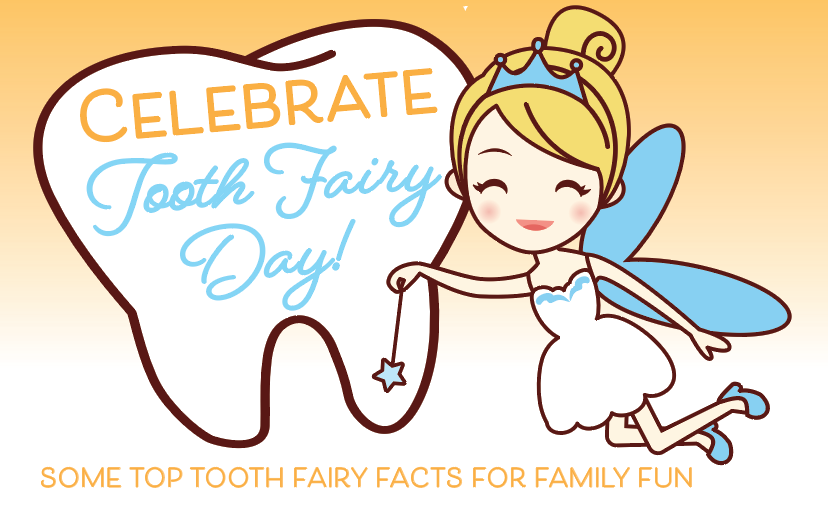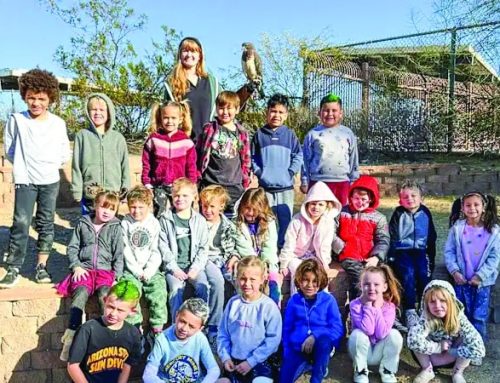Some top Tooth Fairy facts for family fun
By Alison Bailin Batz
Did you know that August 22 marks National Tooth Fairy Day? This special day is a great way to start a discussion about oral health with kids and have a little fun at the same time. By celebrating a lost tooth, parents can reinforce the importance of good oral health in a fun and engaging way.
Here in the United States, the Tooth Fairy is best known for collecting a child’s tooth or teeth from under his or her pillow, replacing the tooth with money. How much money these days, you ask? According to a new survey from Delta Dental of Arizona, the Tooth Fairy is getting more and more generous! Findings from Delta Dental’s Original Tooth Fairy Poll show that the Tooth Fairy’s average cash gift reached its highest point in the 23-year history of the poll for a total of $4.70 per tooth. Here in the West, the Tooth Fairy upped her giving by nearly $2 over the last 12 months, leaving an average of $5.54 for a lost tooth.
Other U.S. Tooth Fairy Facts:
• The Tooth Fairy visits 78% of the nation’s homes with children ages 6-12.
• Around half of parents welcome the Tooth Fairy into their homes to give their child something to be excited about (53%) and to celebrate something fun (48%).
• Almost half of children (49%) are receiving at least $5 for each tooth they lose.
• The value of a first tooth is $5.87 on average—over a dollar more than what a typical tooth receives.
• Over one in four parents (28%) say the Tooth Fairy was one of their child’s favorite surprises during the pandemic.
The Tooth Fairy isn’t celebrated in the same way everywhere, however. Here is a look at some of the ways lost teeth are celebrated in other countries, which makes for a great conversation about different cultures with kids:
• In Argentina and Sweden, boys and girls leave the baby teeth they lose in a glass of water by their bedside. While they sleep at night, Magical Mouse visits to get a sip of water and trade the tooth for a few coins.
• Many children in Europe celebrate much like American kids by leaving a tooth under their pillow for overnight collection. However, you won’t find the Tooth Fairy there – her brownie and elf friends have taken up the task.
• Filipino children may be some of the only children in the world who look forward to a visit from a rat! In the Philippines, Tooth Rat asks that kids leave baby teeth on windowsills so he can pick them up and move on quickly to the next house.
• In Colombia and South Africa, another little mouse performs duties similar to the Tooth Fairy. Children may leave their baby teeth under their pillows or deposit them in slippers.
• Baby teeth make lovely gifts in Chile and Costa Rica, where mothers craft charms out of the pearly white beauties and give them back to the children. It may sound a little odd, but people have been making and wearing enamel jewelry for centuries!
We all know that the Tooth Fairy is one of the most powerful tools parents and caregivers can use to teach children about oral health. Families may want to use Tooth Fairy Day to reinforce these lessons as well as open lines of communication about responsible saving – perhaps the money from each lost tooth could be saved and tallied up once all baby teeth have fallen out and used for something special – and how different cultures have special traditions as well.





